10 things making your house feel heavier than it should
Sometimes a house feels weighed down without actually being cluttered. It’s not always about too much stuff—it can come from how colors, materials, and layouts interact. When the energy of a room feels low or hard to move through, there’s often something in the design doing the dragging.
Dark floors without balance
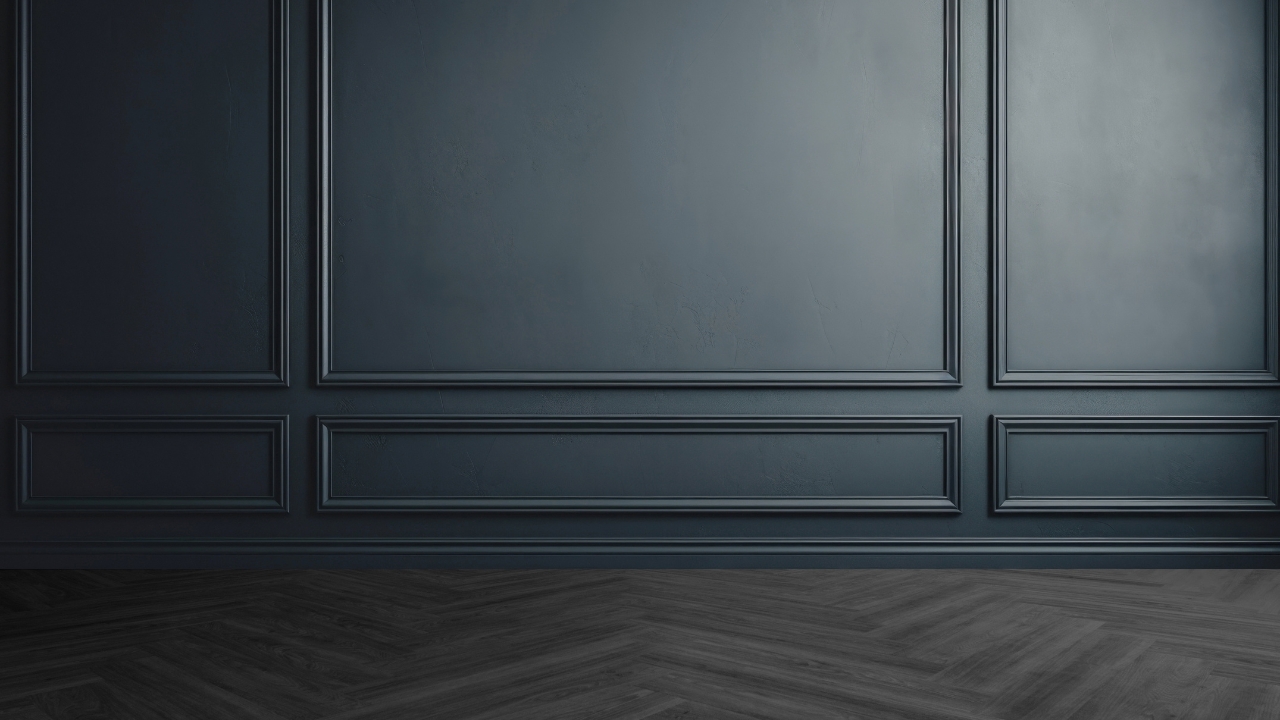
Dark wood or tile can look rich, but without lighter walls, trim, or furniture to balance it, it can make the whole space feel heavier. The eye gets stuck low, and it pulls the room down. Breaking it up with lighter rugs or reflective surfaces can help lighten the load.
Oversized furniture in average-sized rooms

If your furniture fills the entire footprint of a room, there’s no space left to breathe. You might have clean floors and tidy shelves, but when every inch is occupied, the room still feels heavy. Scaling things down even slightly can make a huge difference in how open things feel.
Heavy curtains or drapes
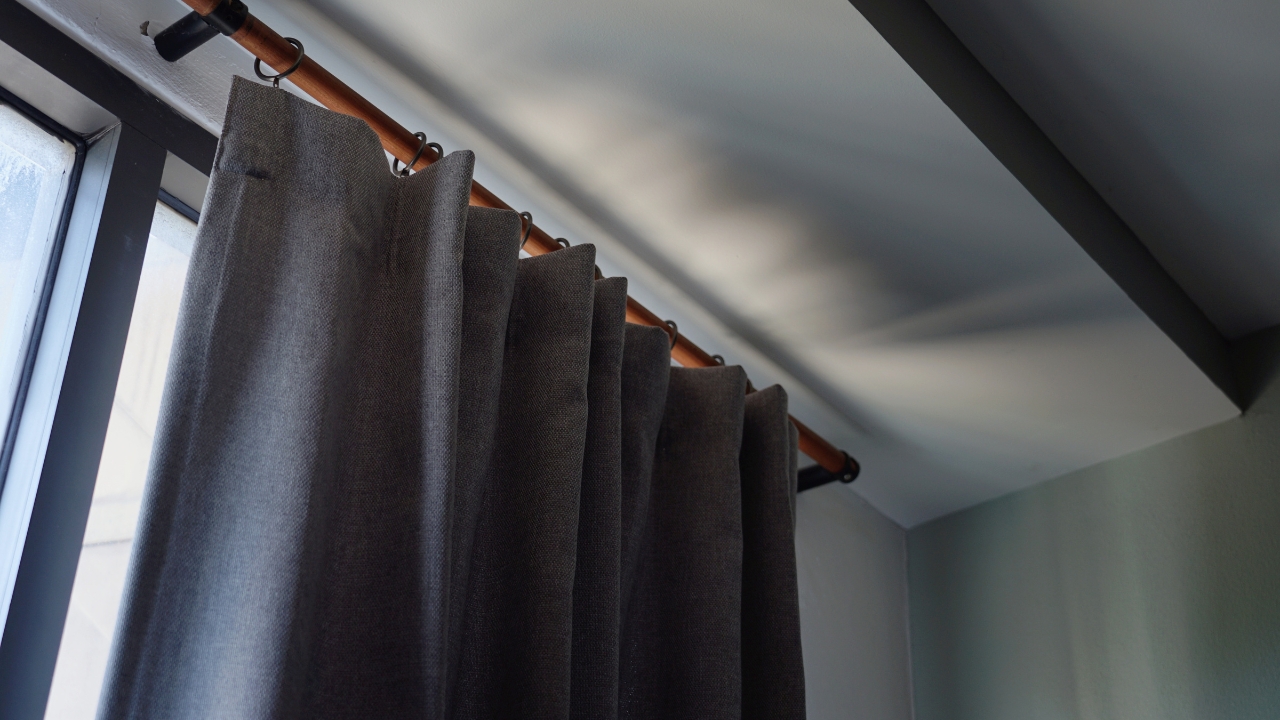
Thick blackout curtains or dark, bulky drapes can block more than just light—they block visual openness. Even when they’re pulled back, they crowd the windows and weigh down the walls. Swapping to lighter fabrics can instantly lift a room’s feel without changing anything else.
Wall-to-wall dark paint
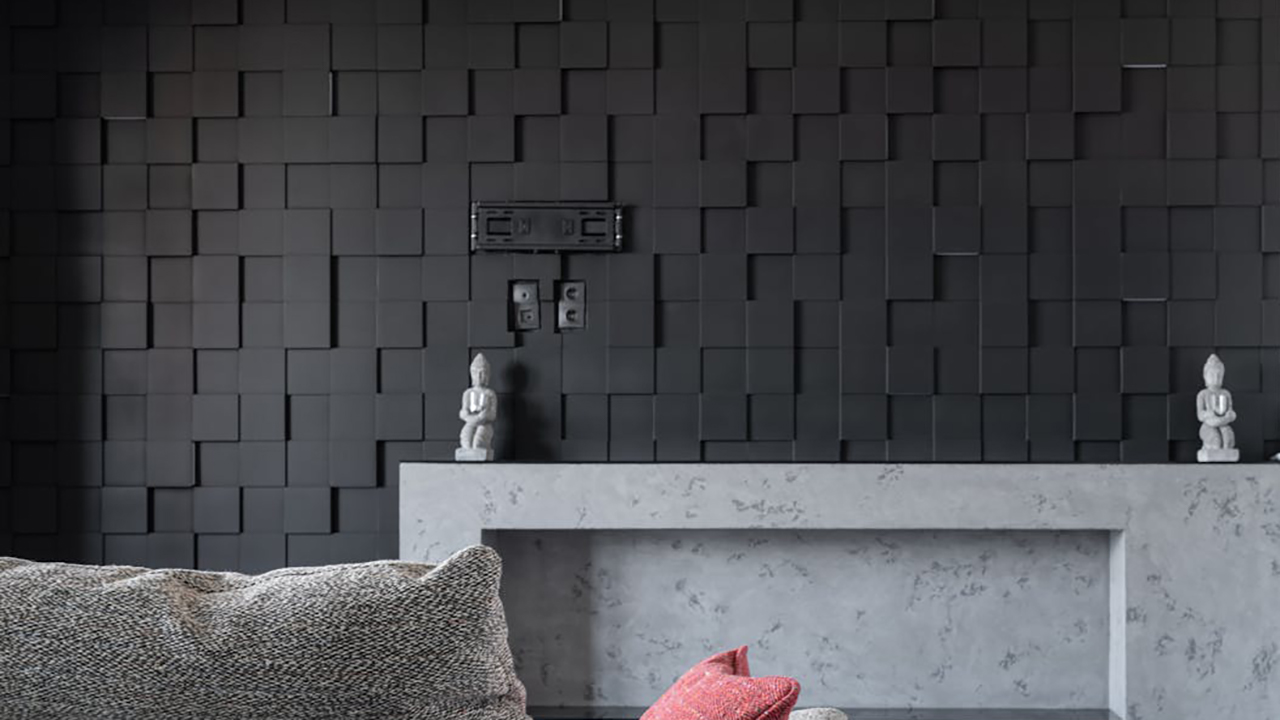
Dark paint can be beautiful, but if it’s covering every wall with no break, the room starts to close in. Without light trim, open shelving, or contrast, it creates a boxed-in effect that can feel overwhelming. Breaking it up can make things feel more breathable again.
Too much matching wood
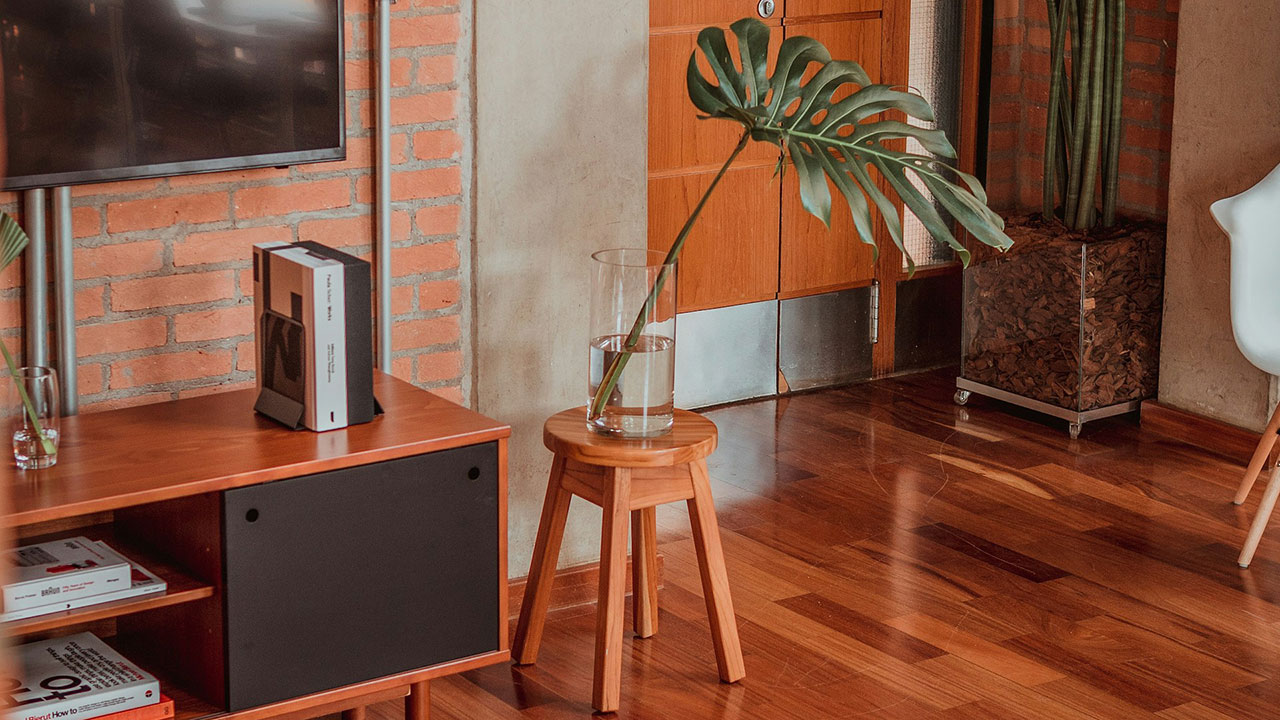
Matching wood tones throughout the house—floors, furniture, cabinets, and trim—can start to feel visually dense. There’s no variety or relief for the eye. Mixing in lighter textures, painted surfaces, or different finishes helps break up the visual weight and gives the room some rhythm.
Low, wide furniture without legs
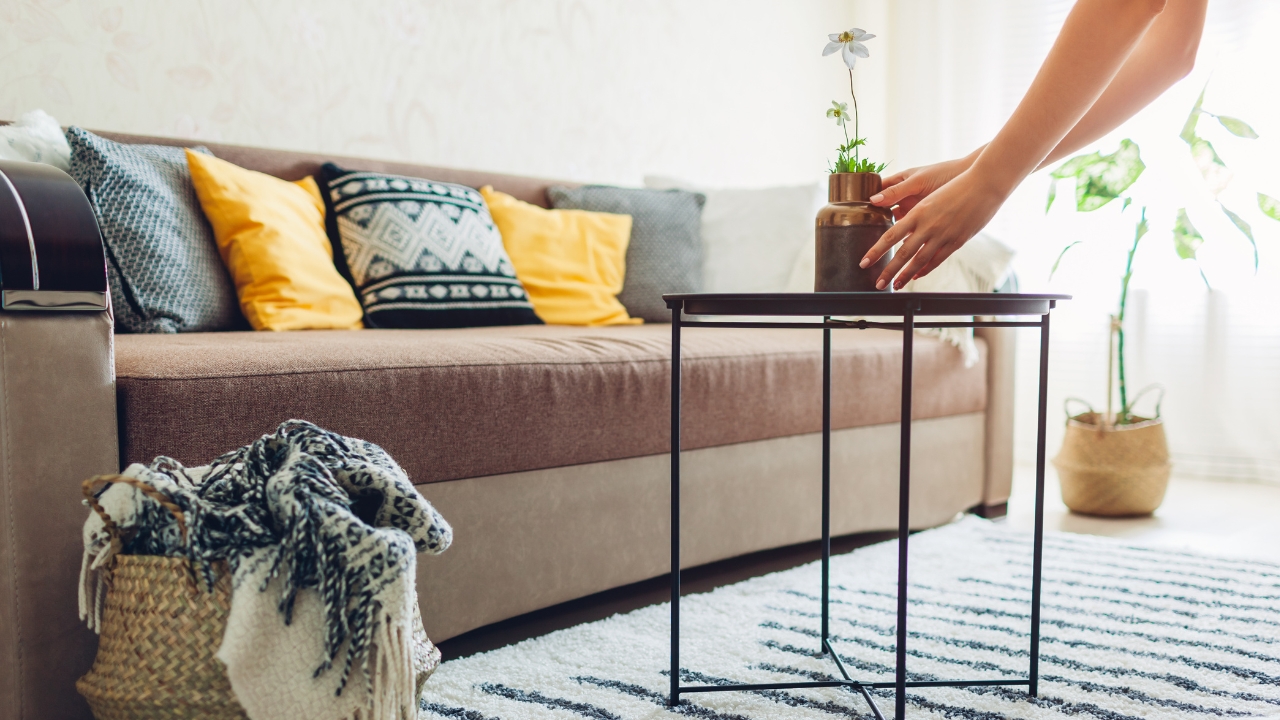
Furniture that sits low to the ground and doesn’t show floor space underneath can feel grounded—but sometimes too grounded. Without visible legs or height variation, the whole setup feels squat and compressed. Raising things off the floor a bit can make the room feel lighter without changing much.
Packed bookshelves or displays

Even if it’s all organized, when every shelf is full, it adds a lot of visual bulk. Your eyes don’t get a break, and the room feels more crowded than it actually is. Leaving intentional empty space or mixing in lighter decor can take that pressure off.
Low ceilings painted in dark or warm tones
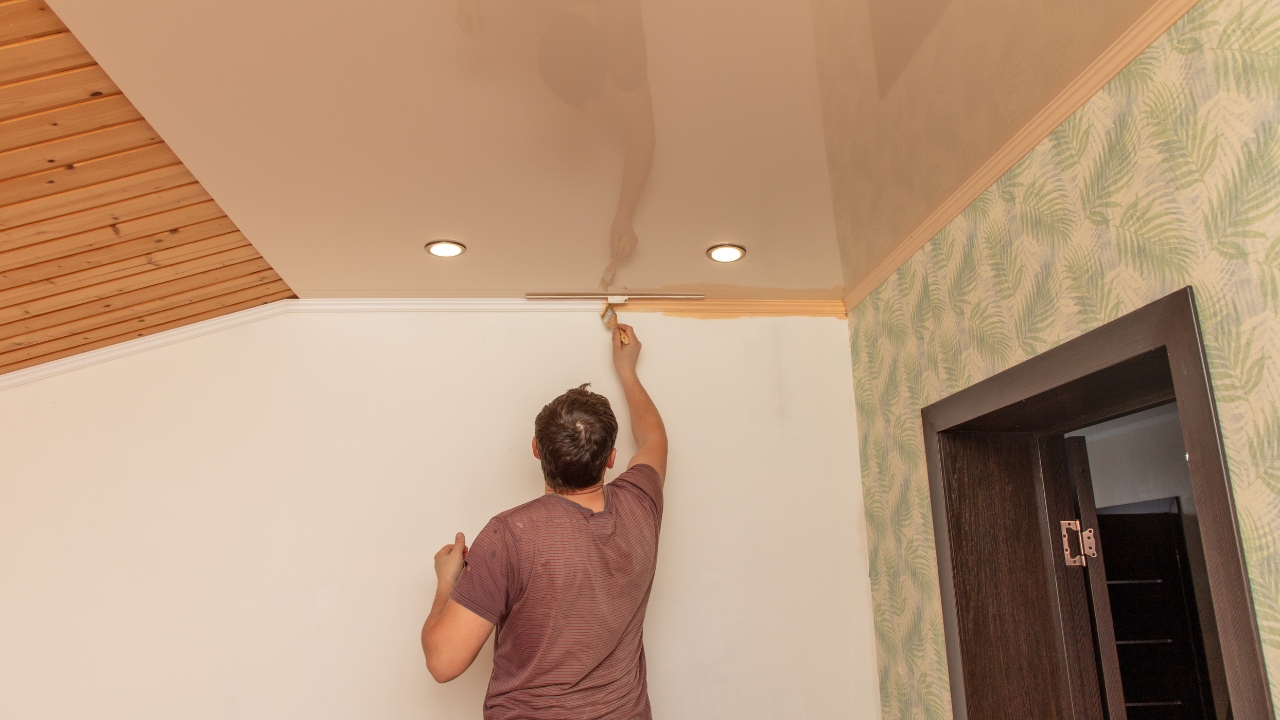
Ceilings play a bigger role than most people think. When they’re low and painted beige, brown, or any kind of warm tone, it drags the space down. A brighter or cooler ceiling color can add vertical lift, even if the ceiling height doesn’t change.
Furniture pushed flat against the wall
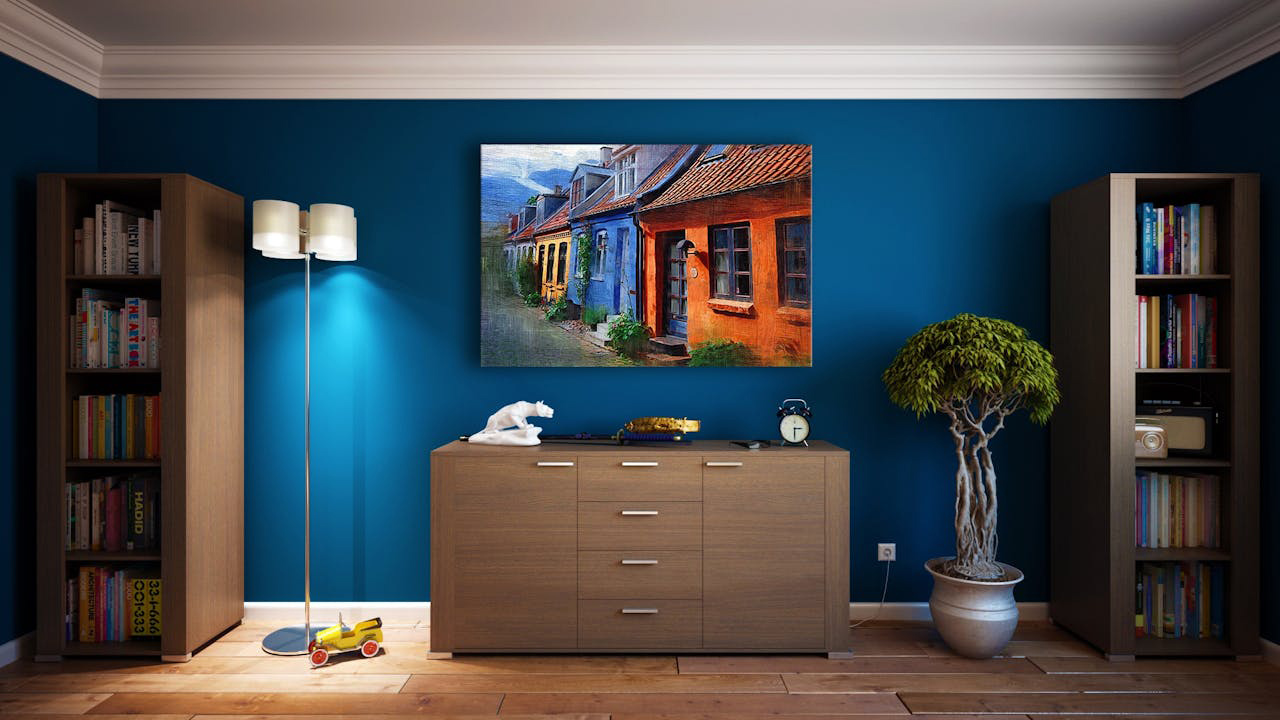
It seems like it should open up space, but pushing everything to the wall actually boxes in the room’s center. Floating a few pieces, even slightly, creates movement and better flow. It also helps a room feel more intentional and less cramped.
Bulky headboards or tall bedroom furniture
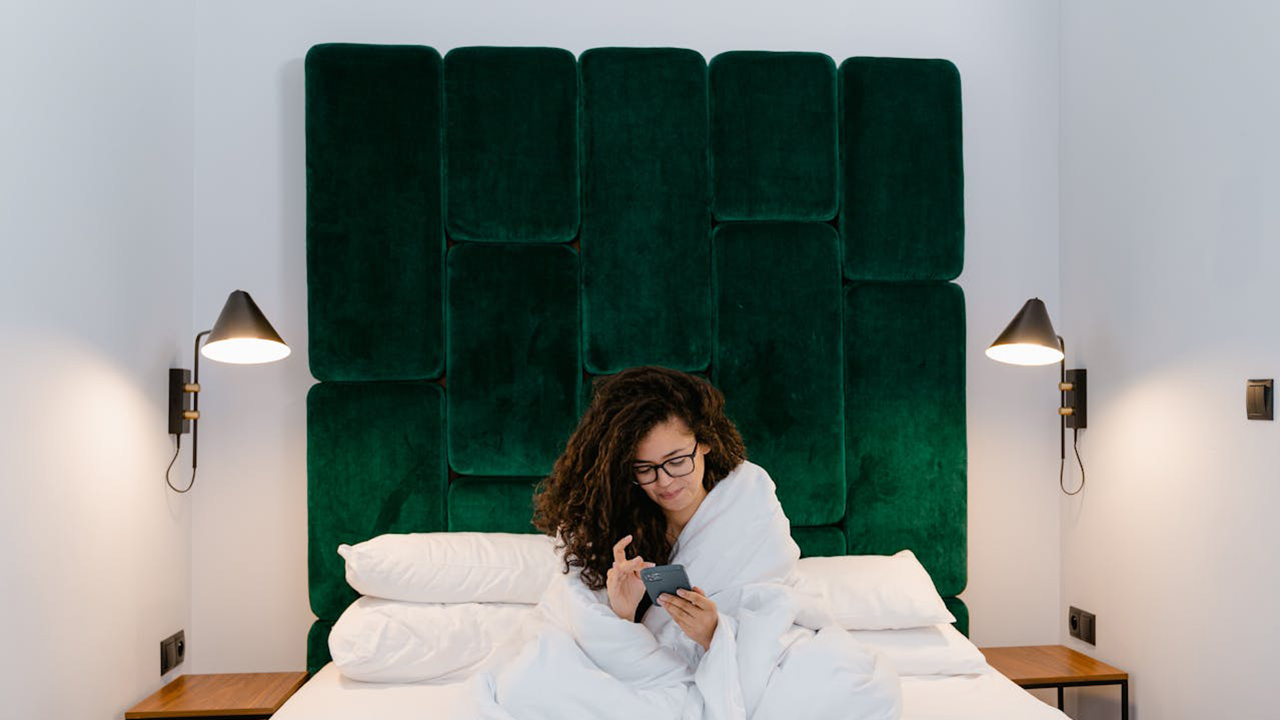
A huge headboard or towering armoire can visually overpower a bedroom. It throws off proportions and makes the space feel like it’s closing in. Swapping to lower-profile furniture or rearranging for better spacing helps the room feel calmer and less crowded.
*This article was developed with AI-powered tools and has been carefully reviewed by our editors.







